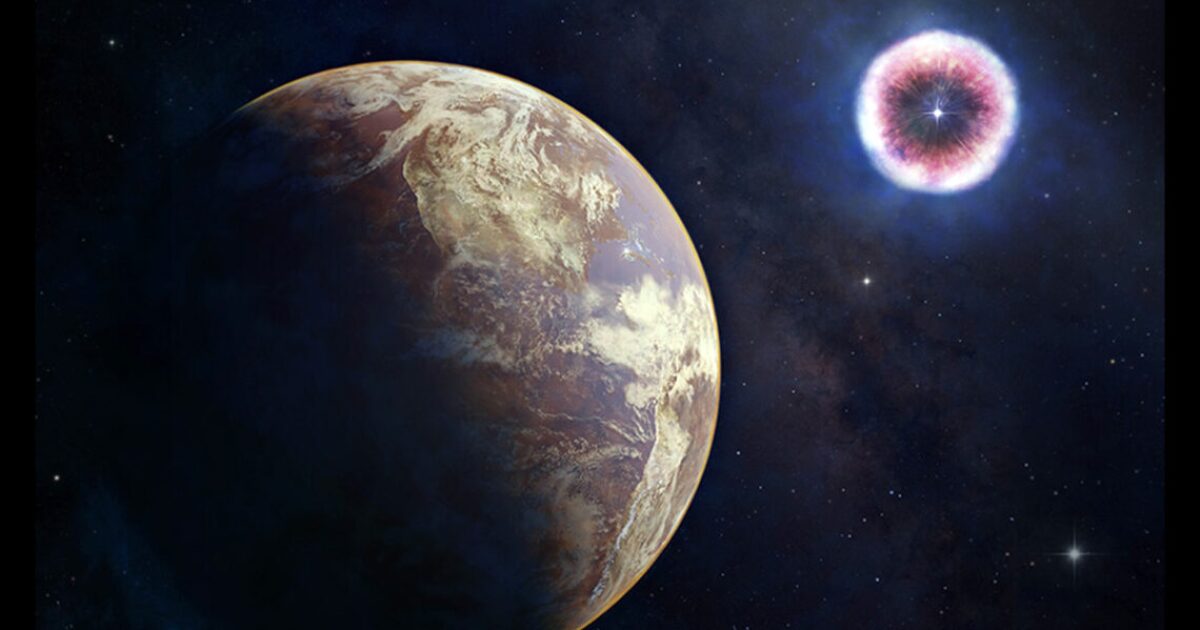
Scientists have traced radioactive elements on the seafloor back to the cosmic explosions they might have come from – and potentially linked the event to evolutionary changes in viruses in a lake in Africa.
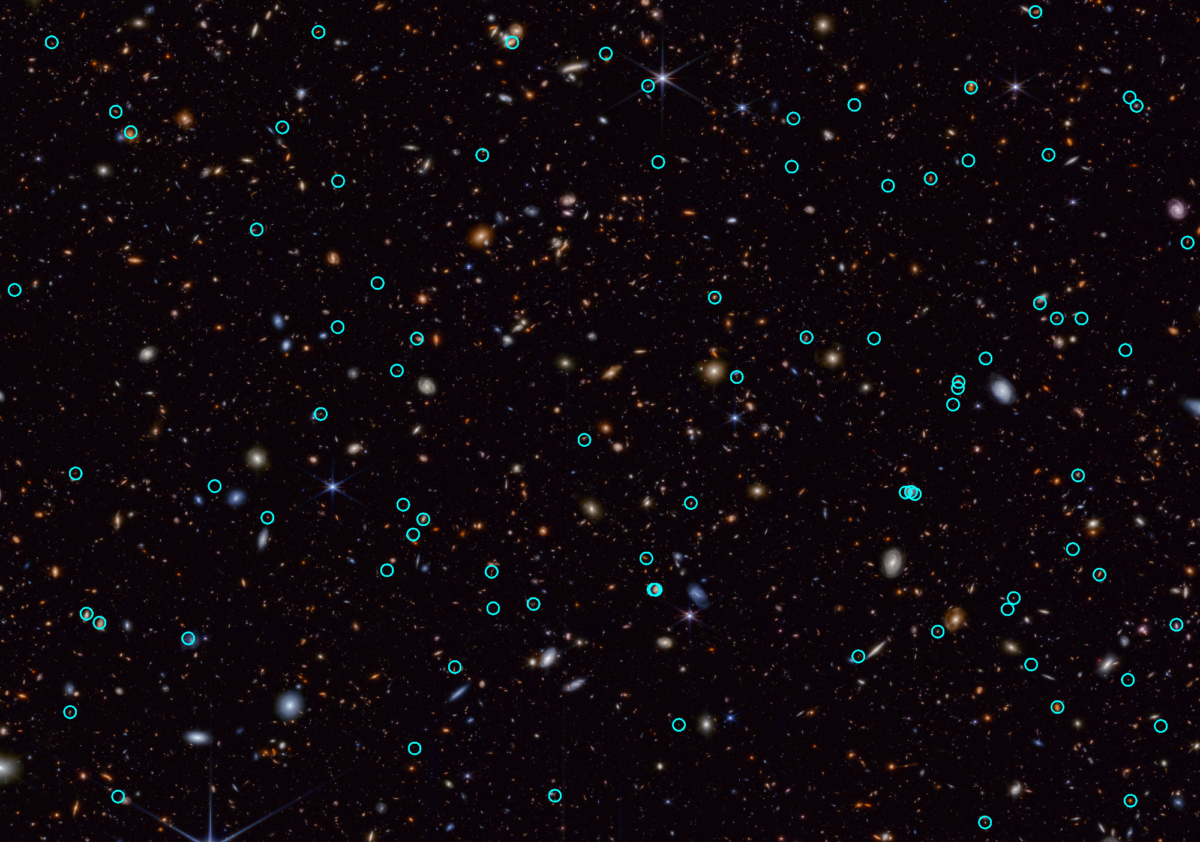
JWST revealed a massive star that ended its life in an explosion when the universe was just a cosmic toddler.
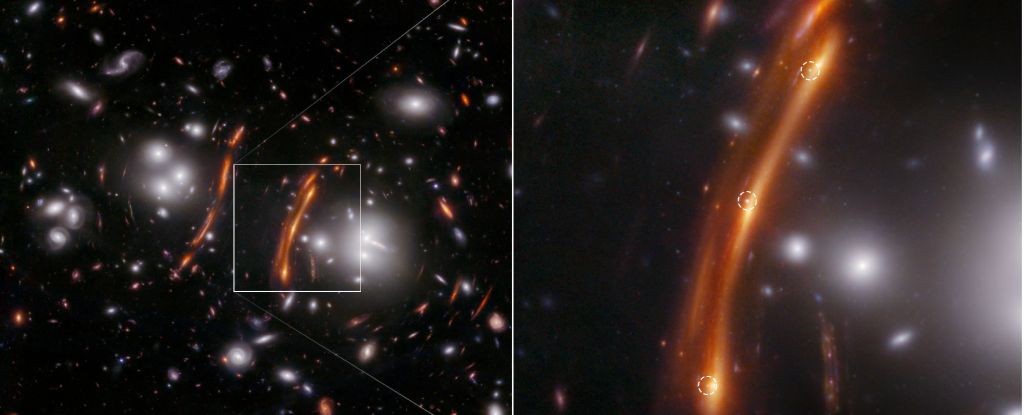
The light of a supernova that has traveled for 10 billion years to reach us has given us a new measurement of the Hubble constant - the accelerating rate at which the Universe is expanding.

A grain of dust recovered from an ancient meteorite that plonked itself down in Antarctica appears to be from a rather unusual place in space and time.

The James Webb Space Telescope has captured a new image of Supernova 1987A, one of the most famous exploding stars.

The “Einstein cross” pattern comprises four images of a distant supernova created by the gravitational lensing of its light as it passed a distant galaxy within a cluster of galaxies on its way to Earth.

Whenever something happens with Betelgeuse, speculations about it exploding as a supernova proliferate. But when will the explosion happen?

New chemistry "forensics" indicate that the stone named Hypatia from the Egyptian desert could be the first tangible evidence found on Earth of a supernova type Ia explosion. These rare supernovas are some of the most energetic events in the universe.

Astronomers have spotted the brightest and most energetic supernova ever recorded. The event, known as SN2016aps, may have been the result of two stars merging and then exploding.
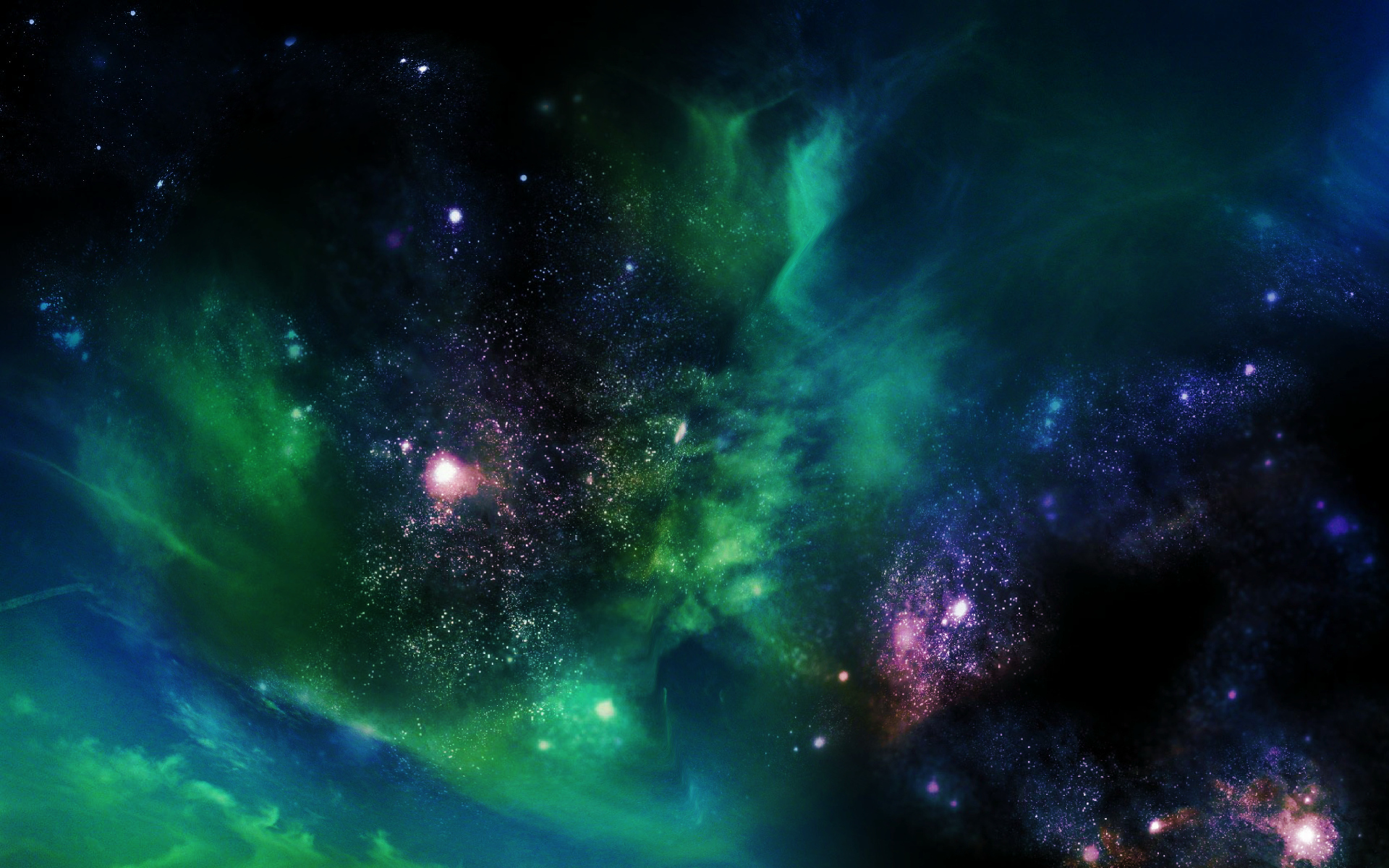
Many supernovae show a gradual increase in the light they put out. But for ASASSN-18bt, you could clearly see there's something unusual and exciting happening in the early times - an unexpected additional emission.

University of Washington astronomers have identified a rare type of supernova
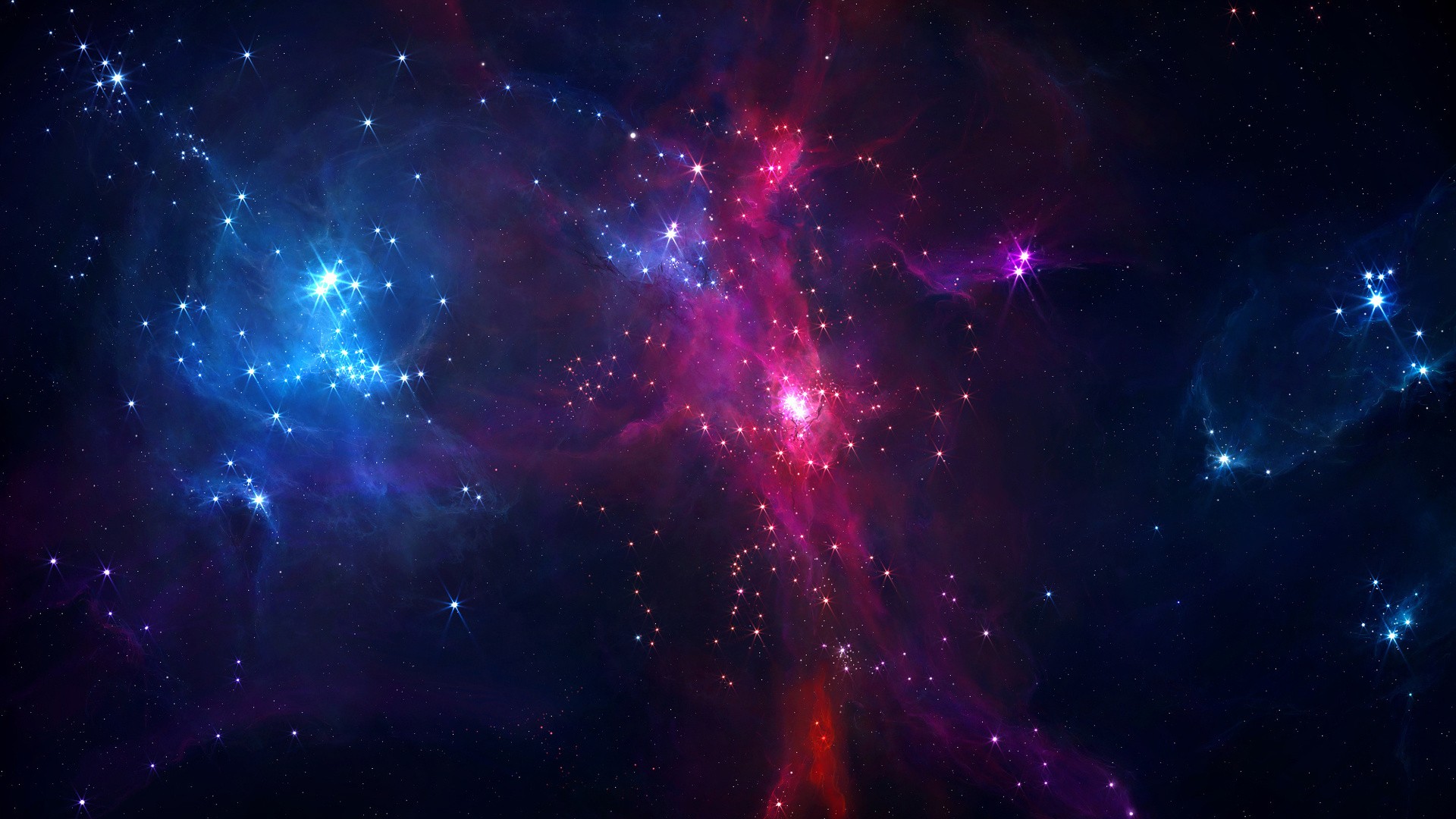
Origin of exploding star that is twice as luminous as any other remains unclear. Seven months after it was first spotted, a puzzle still hangs over the origin of the brightest supernova ever seen.